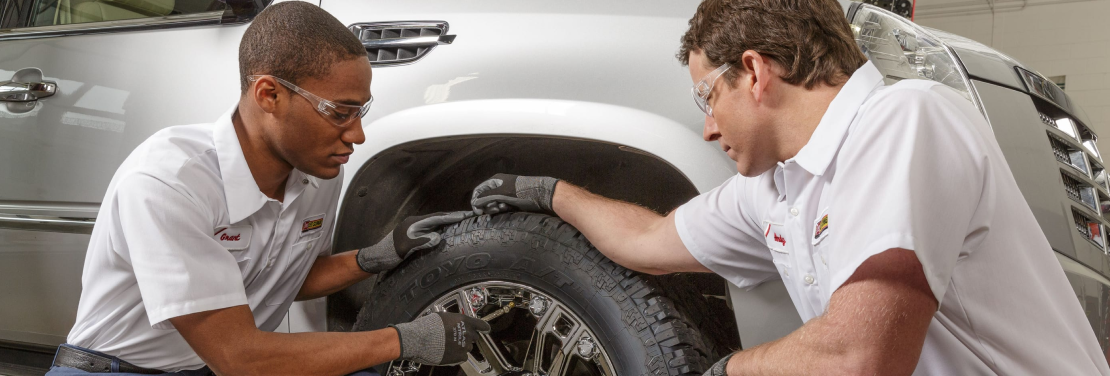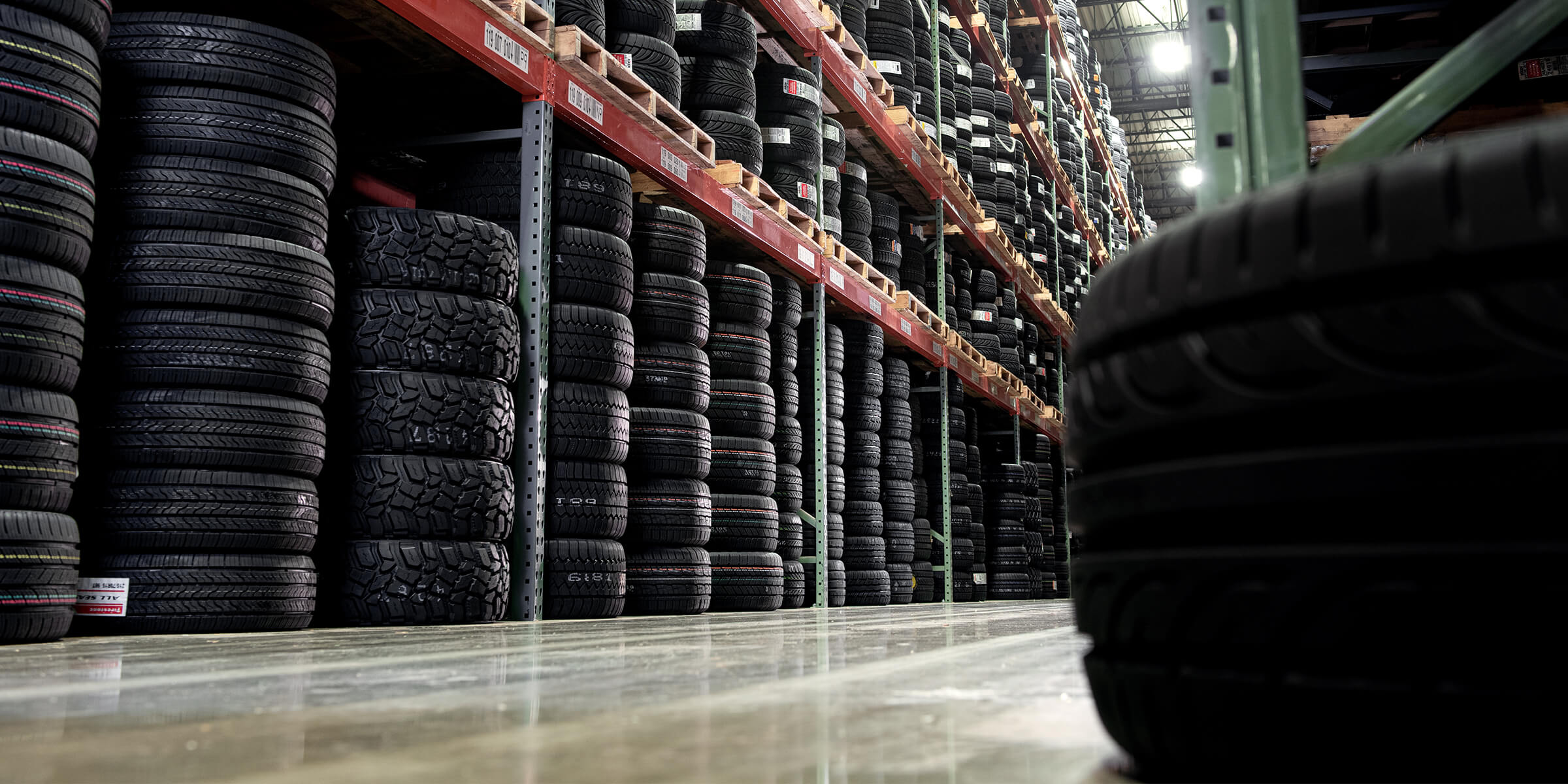Tire Substitute: Finding the Perfect Suit for Your Car
When it comes to the maintenance of your lorry, choosing the best tires is a vital choice that directly affects efficiency, safety and security, and overall driving experience. Comprehending the intricate details of tire dimension, type, walk patterns, and rate ratings is crucial in finding the best suit for your vehicle.
Recognizing Tire Size and Type
Understanding the significance of picking the correct tire size and type is vital for maintaining ideal efficiency and safety of your automobile. Tire dimension is an important variable that directly affects different facets of your driving experience. The dimension of your tires affects your car's speedometer accuracy, stopping range, gas effectiveness, and general handling. Picking the right tire type is just as important. Various sorts of tires, such as all-season, winter months, summer season, or efficiency tires, are designed to perform best in specific problems. All-season tires are functional and do adequately in various weather problems, while wintertime tires use remarkable traction in snow and ice. Performance tires are crafted for improved grip and managing at greater speeds. By recognizing your driving needs and the normal climate condition you experience, you can pick one of the most appropriate tire type for your lorry. Failing to choose the proper tire size and kind might result in jeopardized safety, lowered performance, and raised deterioration on your vehicle.

Reviewing Tread Patterns for Performance
When analyzing tread patterns for performance, the style and depth of the grooves play an important duty in identifying a tire's grip and taking care of capacities. Tread patterns are not just aesthetic; they are engineered to supply details features. For circumstances, balanced step patterns offer consistent performance across different road conditions, while asymmetrical patterns improve cornering capacity and grip. Directional treads, with their V-shaped grooves, master distributing water efficiently, minimizing the danger of hydroplaning. The deepness of the grooves, referred to as the walk deepness, straight affects a tire's capability to hold the road surface. Much deeper footsteps are beneficial for off-road or winter conditions, giving far better grip in challenging surfaces. Shallower treads are frequently preferred for completely dry road performance, as they supply more call with the roadway, enhancing handling capacities. Recognizing exactly how different step depths and patterns affect performance can help vehicle drivers choose tires that match their motoring needs and preferences.
Thinking About Rate Ratings for Safety
The performance of tires, as affected by walk patterns and midsts, directly associates with the rate scores assigned to them, thus underscoring the importance reference of taking into consideration rate ratings for safety. Picking tires with a rate score lower than what your lorry needs may compromise its taking care of capacities at high speeds, leading to potential safety and security threats. On the Clicking Here other hand, using tires with a greater rate rating than necessary could result in decreased traction and efficiency, specifically in regular driving conditions.
Matching Tires to Your Driving Habits
To make sure optimum performance and safety and security on the roadway, it is crucial to pick tires that line up with your certain driving habits. Different driving designs need various tire features to maximize performance and durability.
On the various other hand, vehicle drivers who often take a trip fars away on highways may take advantage of exploring tires recognized for their quiet and comfortable trip. These tires are created to give security and gas performance, making them perfect for extended trip. For those who take pleasure in off-road experiences or stay in locations with harsh surface, all-terrain tires with tough building and construction and solid grasp are advised to take on tough landscapes with self-confidence.
Ensuring Proper Installation and Maintenance
Matching the appropriate tires to your driving habits is just the initial step; ensuring proper installment and maintenance is equally vital for optimum efficiency and durability. Appropriate installation of tires involves even more than simply click reference tightening up the lug nuts. It includes aligning the wheels, stabilizing the tires, and making certain the proper tire stress. Incorrect setup can lead to irregular wear, minimized fuel efficiency, and endangered handling.
Regular upkeep is necessary to prolonging the life of your tires. This consists of turning the tires every 6,000 to 8,000 miles to ensure also use, checking the tire pressure monthly, and inspecting for indicators of damage or wear - tire shop morris. Appropriate maintenance not only expands the life expectancy of your tires yet likewise boosts your lorry's general efficiency and safety

Final Thought
To conclude, choosing the best tire for your car involves understanding tire size and kind, examining tread patterns for performance, considering rate rankings for security, matching tires to your driving practices, and ensuring correct setup and maintenance. By taking these variables into account, you can find the excellent match for your automobile that will certainly offer ideal performance and safety on the roadway.
